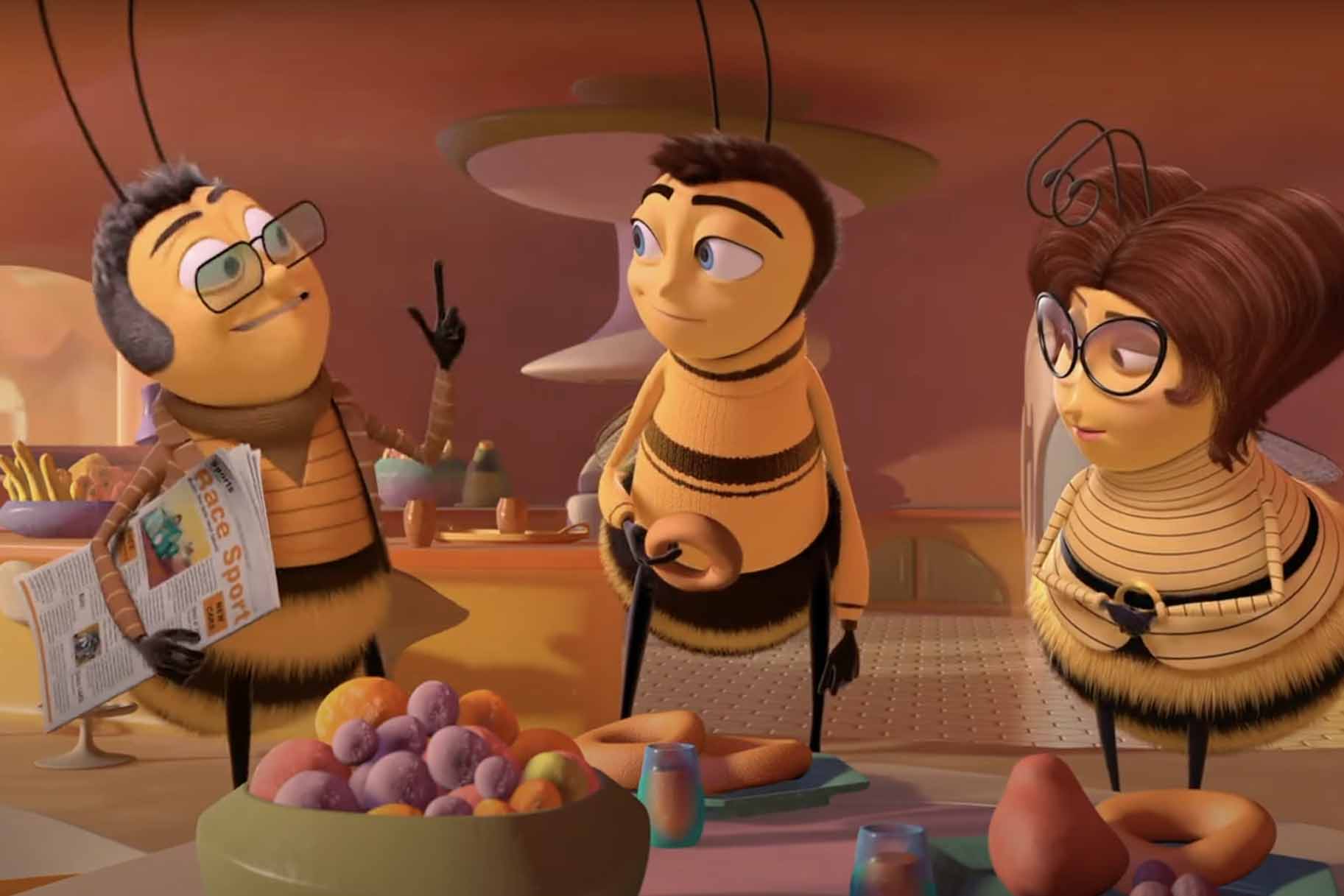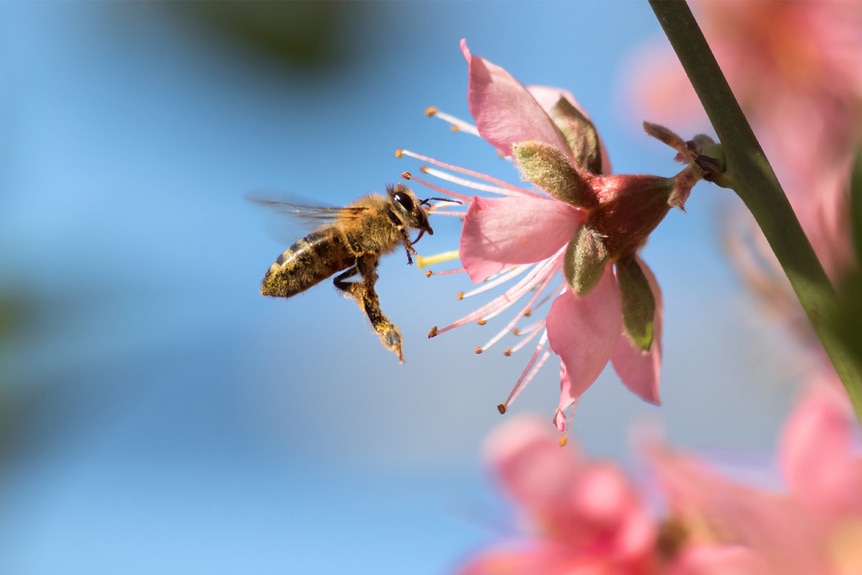Create a free profile to get unlimited access to exclusive videos, sweepstakes, and more!
Bees and Flowers Talk to Each Other with Electricity
What do you think they're saying?

The 2007 animated family film Bee Movie imagines bees as an intelligent, technologically advanced civilization complete with public education and soul-crushing career prospects. Overwhelmed by the idea of choosing a single job to do for the rest of his life, Barry B. Benson (voiced by Jerry Seinfeld) bucks tradition and joins the Pollen Jocks, a group of rough and tumble foragers responsible for gathering the hive’s most valuable resource from the outside world.
When Barry gets lost in a thunderstorm, he winds up in New York City, far from the hive and in close proximity to a metric boatload of people. Enamored by a human woman who saves his life, he breaks the biggest rule in the insect kingdom and reveals his ability to communicate with humans. In the real world, of course, bees don’t speak our languages, but they just might communicate with flowers using electricity. That’s according to research reported by biophysicist Daniel Robert at the March 6 meeting of the American Physical Society.
The Silent Electrical Conversations of Flowers and Bees
Over the last decade, researchers have become increasingly aware of the electrical capabilities of bees. Research from 2013 found that bees can detect the electrical fields of flowers and that flowers might use those fields as part of a package, alongside colorful petals and pretty smells, to make themselves attractive to pollinators. More recently, scientists found that certain fertilizers can even alter the electrical fields of flowers and make them less appealing to bees.
Whatever the bees are experiencing, they’re doing it with electroreception, a sixth sense which might be typical of many insects and other arthropods. Now, it appears that the communication flows both ways, and that flowers might use the same electroreception to ring the bell when pollinators are around.
For More on Non-Human Communication:
To Communicate, Most Birds Sing, But Woodpeckers Play the Drums
Gorillas are Inventing New Words for Communicating with Humans
Close Encounters of the Algal Kind! Phytoplankton Communicate with Light
As they fly through their environment, bumblebees pick up a positive electrical charge, while flowers are negatively charged. That difference in charge presents an opportunity for information exchange and scientists wondered if flowers might be taking advantage of that. They found that the stems of flowers like petunias and daffodils became more charged when a bee was approaching.
The flowers even increased scent and nectar production when bees were nearby, suggesting they could detect their presence even when they hadn’t made contact. It might be a way for plants to know when pollinators are around and when to spend resources trying to attract them.
To test their hypothesis, researchers made antennae which mimicked the signal produced by flapping bee wings. They placed their antennae near flowers inside and outside of the lab and measured the change in voltage on the surface of the stem. The idea being that if the voltage changes, then the flower can detect the bee-mimicking antennae.
Interestingly, in one experimental setup, researchers pointed the antennae at flowers outside but enclosed surrounding flowers in a metal cage to block the signal. Those enclosed plants still underwent a voltage change, suggesting the plants might be talking to their neighbors. There might be an entire realm of communication, a silent electrical cacophony going on all around us and we just don’t have the tools to hear it. Maybe if we keep listening, the flowers and the bees will let us in on the conversation.
Until then, get the bee POV in Bee Movie, streaming now on Peacock.



























